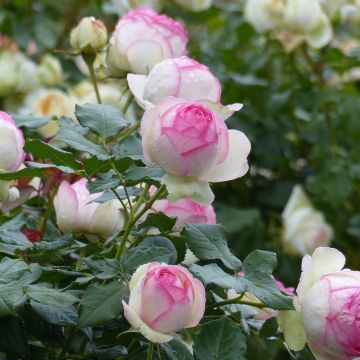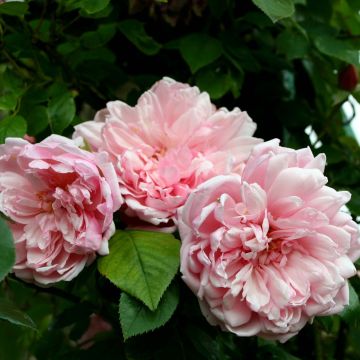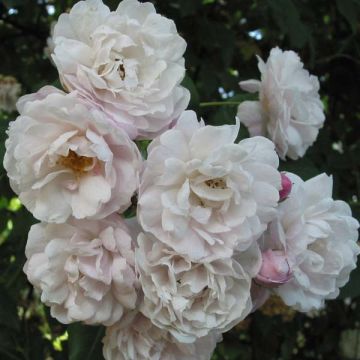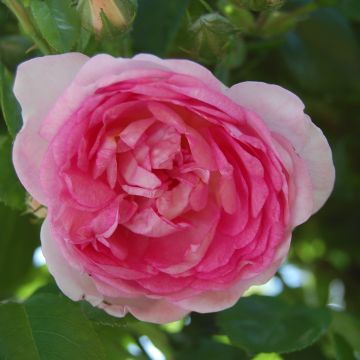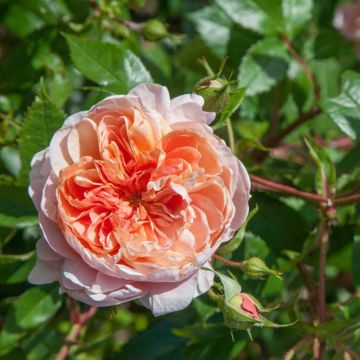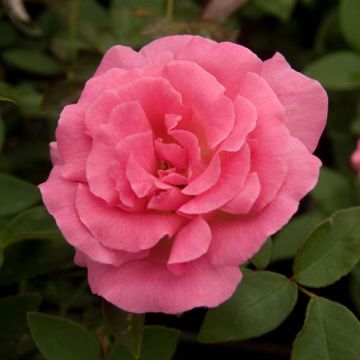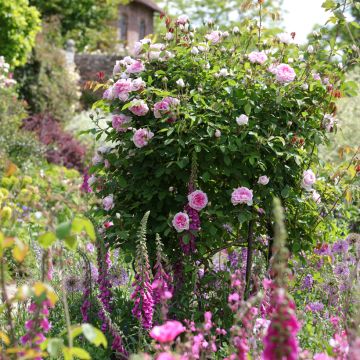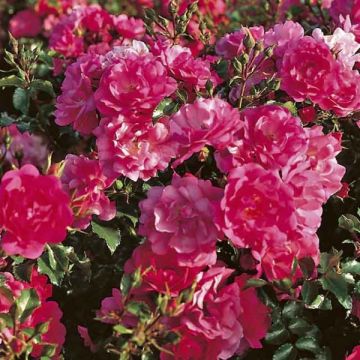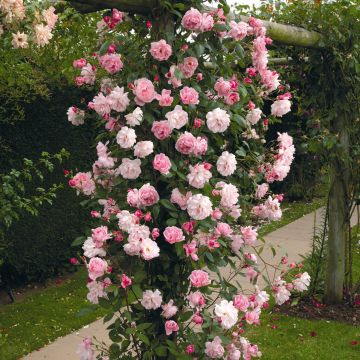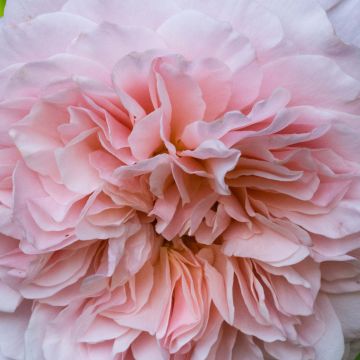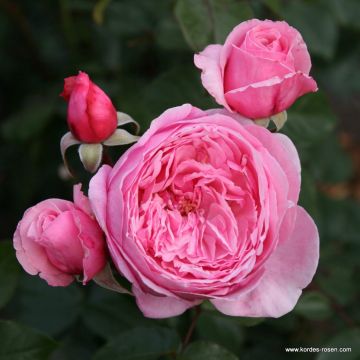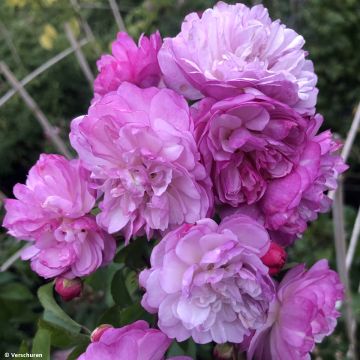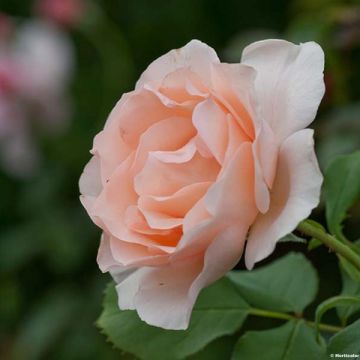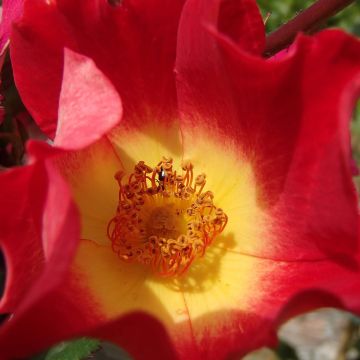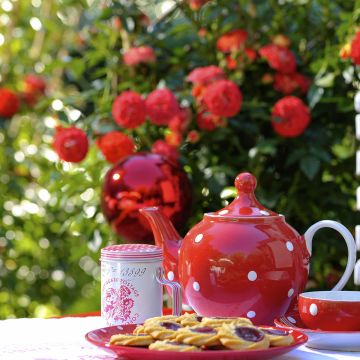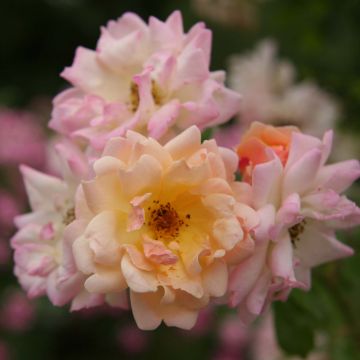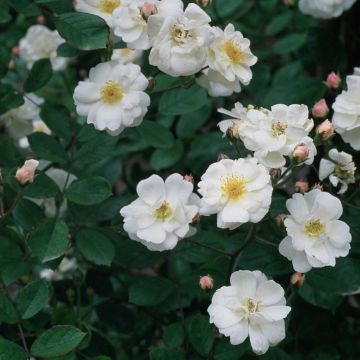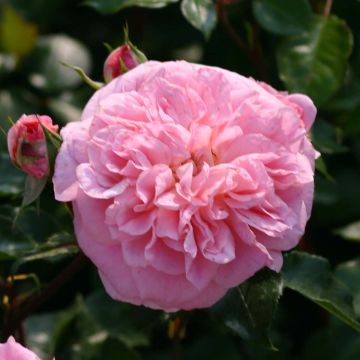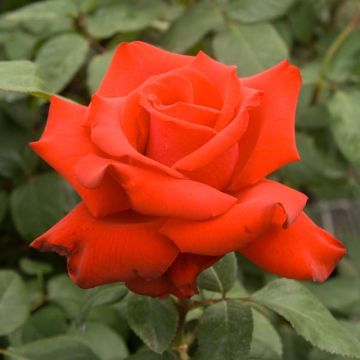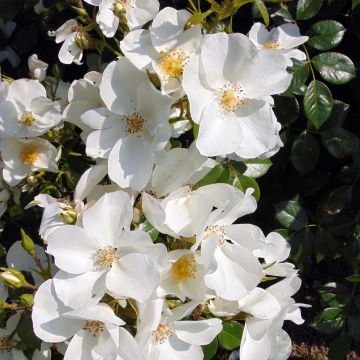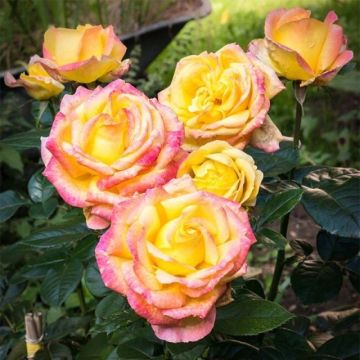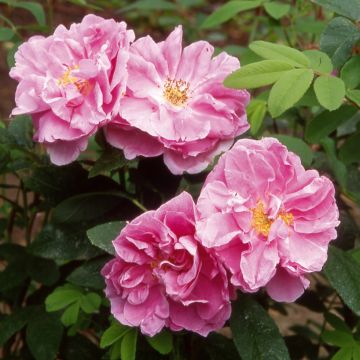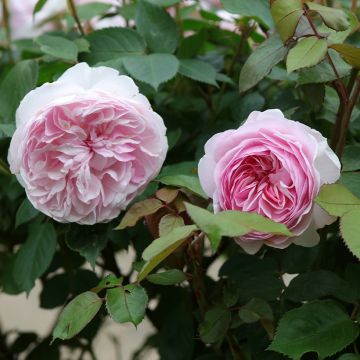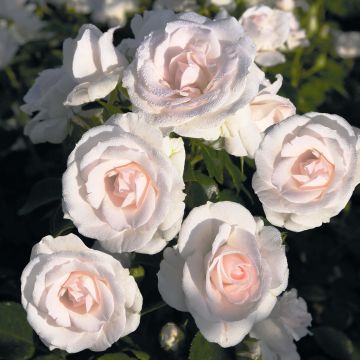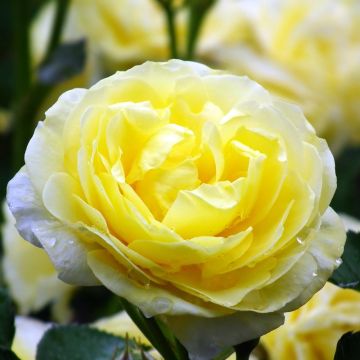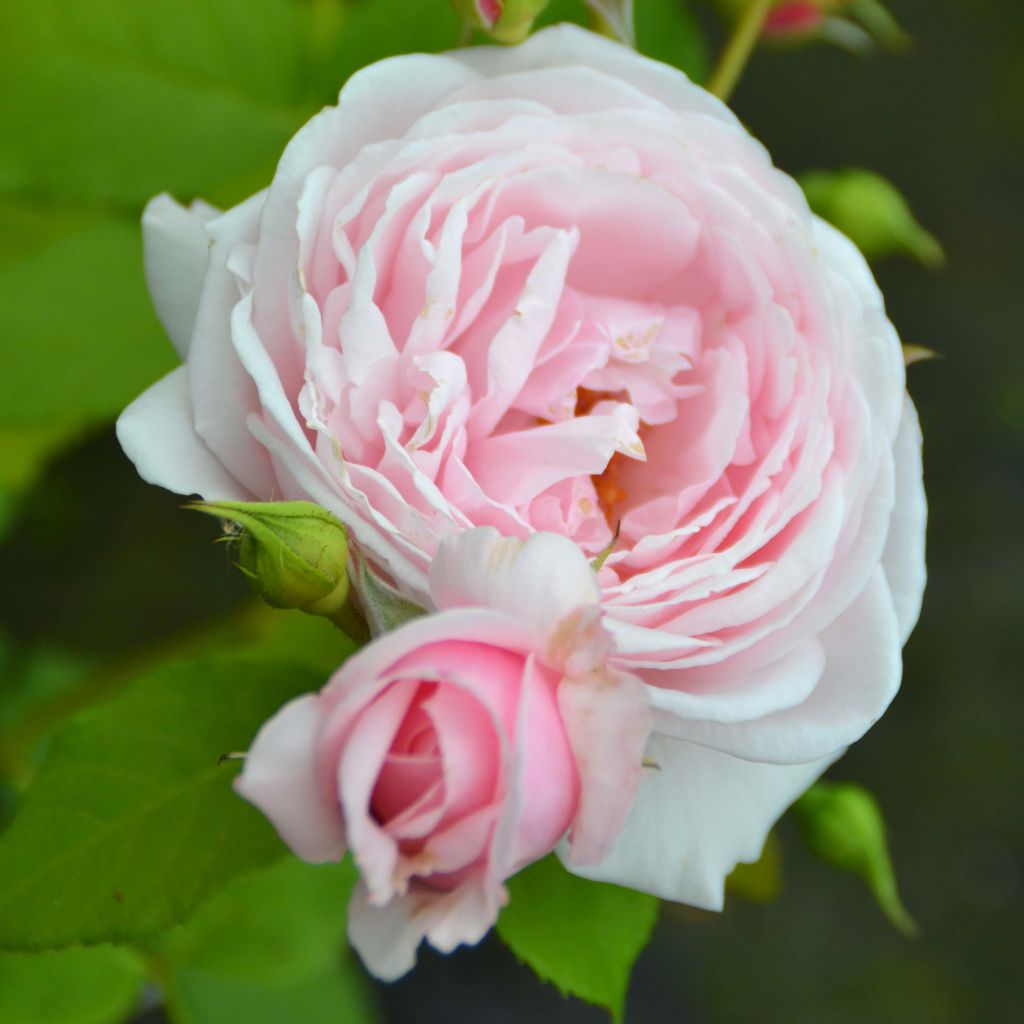

Rosa x grimpant 'Nahéma' - Climbing Rose
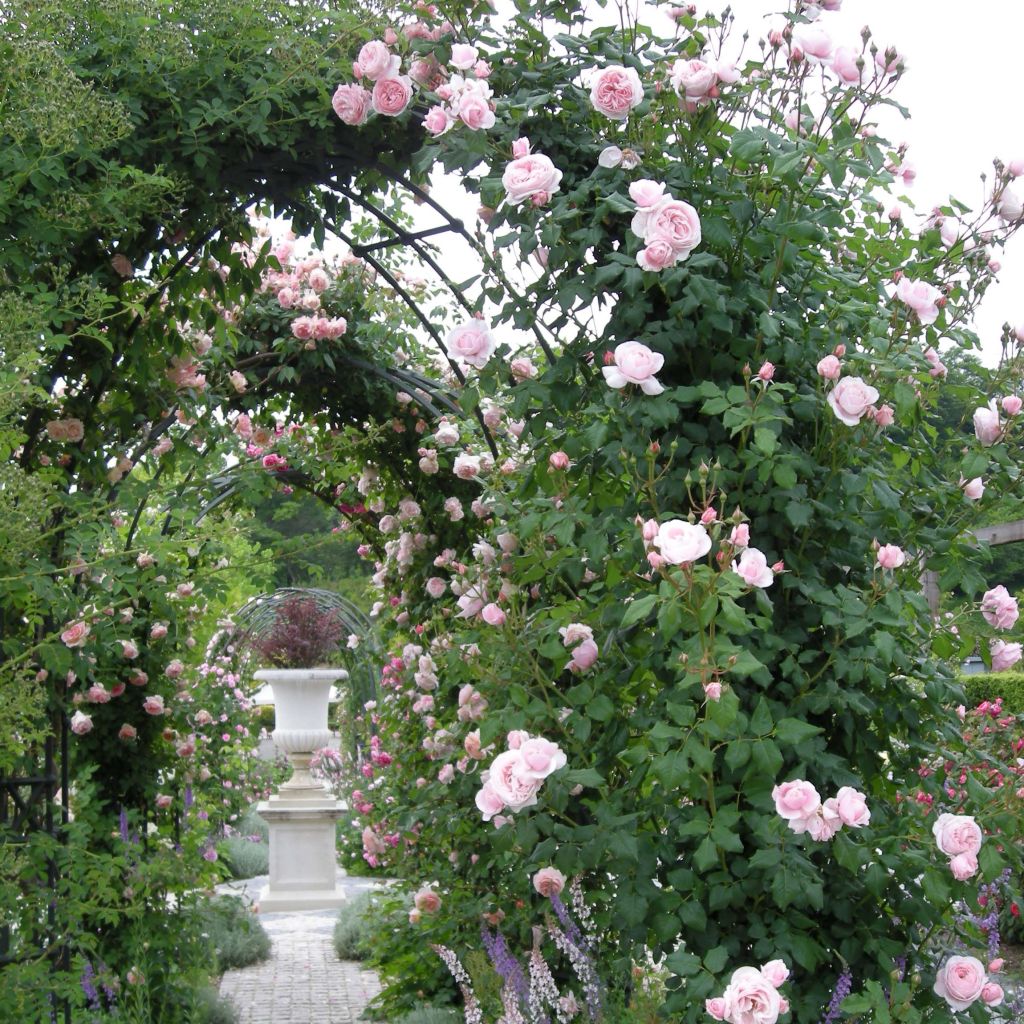

Rosa x grimpant 'Nahéma' - Climbing Rose
Rosa x grimpant 'Nahéma' - Climbing Rose
Rosa x grimpant Nahéma® 'Deléri'
Deléri
Why not try an alternative variety in stock?
View all →This plant carries a 24 months recovery warranty
More information
We guarantee the quality of our plants for a full growing cycle, and will replace at our expense any plant that fails to recover under normal climatic and planting conditions.
From €5.90 for pickup delivery and €6.90 for home delivery
Express home delivery from €8.90.
From €5.90 for pickup delivery and €6.90 for home delivery
Express home delivery from €8.90.
Delivery to Corse prohibited: UE law prohibits the import of this plant from mainland France to Corse as part of the fight against Xylella fastidiosa. Please accept our sincere apologies.
More information
Does this plant fit my garden?
Set up your Plantfit profile →
Description
The 'Nahéma' Rose is one of the best-sellers in the Delbard collection. Naturally forming a vigorous bush, it can also be trained to climb, sending shoots up to 3m (10ft) in height. Adorned with plump, powerfully scented flowers, it is no coincidence that it shares its name with the most rose-scented perfume, Guerlain's Nahéma. Its chubby flowers, a very soft pink candy colour, have the charm of English and old roses. From June to October, they bloom in abundance on beautiful dark green foliage. If you're looking for a romantic, highly scented, floriferous and repeat flowering rose and have a little space left in your garden, know that 'Nahéma' is one of the best in its category!
The Nahéma Deleri rose is a Delbard creation in 1998, belonging to the series of roses, 'Souvenirs of Perfumed Love'. It is currently classified in the category of climbing roses with large flowers. Vigorous and very hardy, 'Nahema' will form a beautiful bush at a minimum height of 1.50m (5ft) for 1m (3ft) in width but can climb up to 2.50m (8ft) or even more if trained. It forms long thorny stems that bear deciduous foliage, a dark satin green, relatively healthy, which perfectly enhances the pastel pink hue of the flowers. It blooms from June to October as long as it does not lack water. Its deep and very double cups, 5-7 cm (2-3in) in size, solitary or grouped in bouquets of 3 to 5 units, are composed of 40 diaphanous petals, resembling tissue paper and giving the flowers a soft and elegant appearance. Their pronounced scent of old rose develops a fruity heart note, vibrating a more rustic top note of lemongrass. This rose has won 8 medals at national and international competitions.
As explained by Delbard, the 'Souvenirs of Love' roses are "Voluptuous, romantic and scented, these roses have the unique charm of old roses, childhood memories and moments of happiness rediscovered!"
This modern rose Nahéma, devilishly romantic and remarkably scented, deserves to be showcased in the garden. Choose a wall exposed to the morning sun or a structure large enough to support its shower of flowers. It allows for creating sumptuous displays throughout the summer, requiring very little maintenance except for regular watering during hot and prolonged periods of drought and occasional severe pruning. As a structural element of 'English-style' gardens, rose arches form beautiful shelters where one can rest while connecting different parts of the garden. Mix climbing roses or combine them with easy-to-grow large-flowered clematis such as 'Etoile Violette', Montana Mayleen, or 'Broughton Star'. When allowed to grow freely, 'Nahema' forms a superb bush that will also find its place in a large flowering hedge, accompanied by lilacs, tamarisks, or other bush roses such as, for example, R.Californica Plena, R.hugonis, Iceberg or Madame Isaac Pereire. Finally, its flowers are gorgeous in a vase.
Report an error about the product description
Rosa x grimpant 'Nahéma' - Climbing Rose in pictures
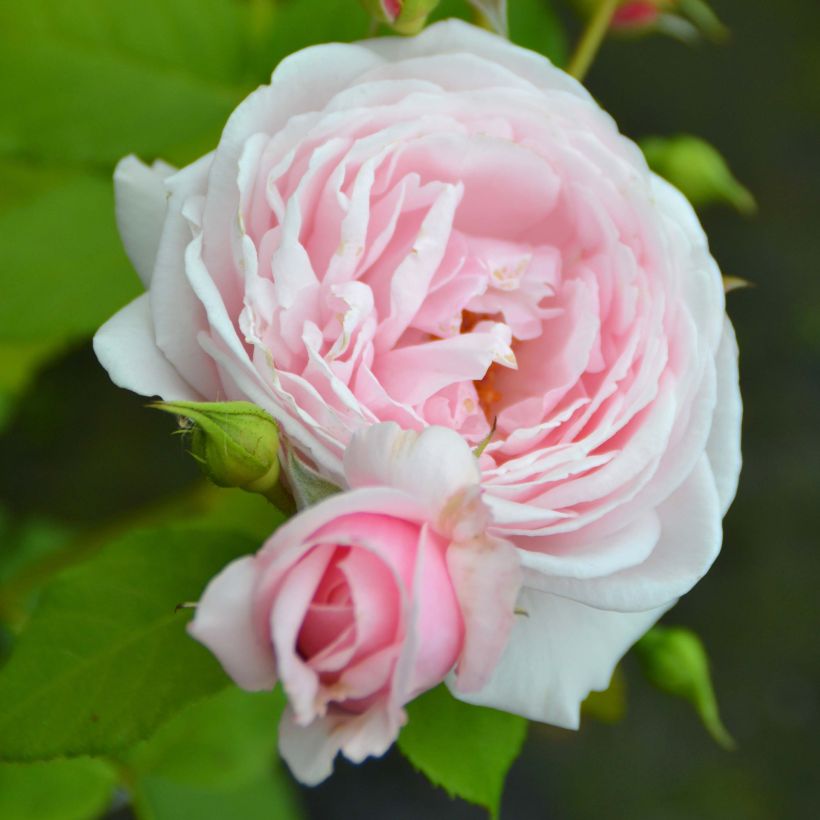

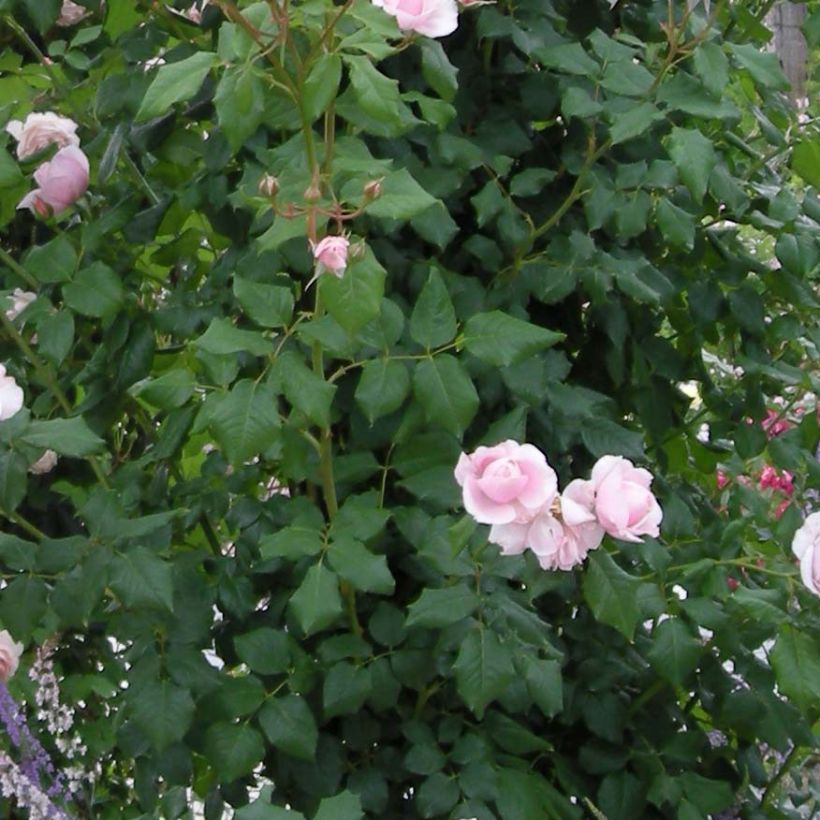

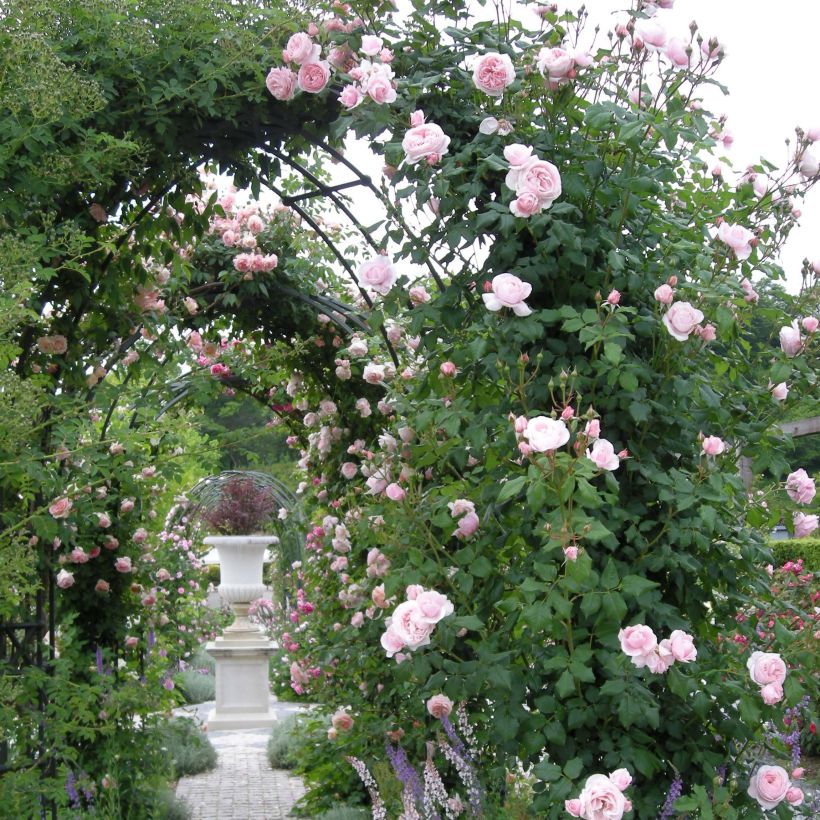

Plant habit
Flowering
Foliage
Botanical data
Rosa
x grimpant
Nahéma® 'Deléri'
Rosaceae
Deléri
Cultivar or hybrid
Rosa canina Laxa (Wrapped bare root), Rosa multiflora (3L/4L pot)
Other Climbing Roses
Planting and care
Plant the 'Nahéma' rose from November to March in ordinary but deep, well loosened and drained soil. Roses thrive in fertile clay soils that are heavy rather than light. In soil that is too sandy, too compact or too dry in summer, it is preferable to bury potting soil, well-rotted manure or compost at the bottom of the planting hole. However, this rose dislikes waterlogged soil in winter. Position it in a sunny spot, or at least in half-shade. Roses are greedy plants, so a specific dose of fertiliser will be beneficial at the start of vegetation and then regularly throughout the flowering period. To encourage flowering, remove spent flowers regularly. Floribunda varieties of rose are more vigorous and more floriferous than large-flowered varieties. For this reason, cut back the stems by about a quarter of their length (4 to 6 buds from the base of the stem) at the end of winter. Always prune above an outward-facing bud so that the bush fills out and the branches do not become tangled in the centre of the canopy.
Roses may develop unsightly spots at the end of summer, but this is a natural occurrence and doesn't harm the rose's growth.
Planting period
Intended location
Care
-
, onOrder confirmed
Reply from on Promesse de fleurs
Roses by purpose
Haven't found what you were looking for?
Hardiness is the lowest winter temperature a plant can endure without suffering serious damage or even dying. However, hardiness is affected by location (a sheltered area, such as a patio), protection (winter cover) and soil type (hardiness is improved by well-drained soil).

Photo Sharing Terms & Conditions
In order to encourage gardeners to interact and share their experiences, Promesse de fleurs offers various media enabling content to be uploaded onto its Site - in particular via the ‘Photo sharing’ module.
The User agrees to refrain from:
- Posting any content that is illegal, prejudicial, insulting, racist, inciteful to hatred, revisionist, contrary to public decency, that infringes on privacy or on the privacy rights of third parties, in particular the publicity rights of persons and goods, intellectual property rights, or the right to privacy.
- Submitting content on behalf of a third party;
- Impersonate the identity of a third party and/or publish any personal information about a third party;
In general, the User undertakes to refrain from any unethical behaviour.
All Content (in particular text, comments, files, images, photos, videos, creative works, etc.), which may be subject to property or intellectual property rights, image or other private rights, shall remain the property of the User, subject to the limited rights granted by the terms of the licence granted by Promesse de fleurs as stated below. Users are at liberty to publish or not to publish such Content on the Site, notably via the ‘Photo Sharing’ facility, and accept that this Content shall be made public and freely accessible, notably on the Internet.
Users further acknowledge, undertake to have ,and guarantee that they hold all necessary rights and permissions to publish such material on the Site, in particular with regard to the legislation in force pertaining to any privacy, property, intellectual property, image, or contractual rights, or rights of any other nature. By publishing such Content on the Site, Users acknowledge accepting full liability as publishers of the Content within the meaning of the law, and grant Promesse de fleurs, free of charge, an inclusive, worldwide licence for the said Content for the entire duration of its publication, including all reproduction, representation, up/downloading, displaying, performing, transmission, and storage rights.
Users also grant permission for their name to be linked to the Content and accept that this link may not always be made available.
By engaging in posting material, Users consent to their Content becoming automatically accessible on the Internet, in particular on other sites and/or blogs and/or web pages of the Promesse de fleurs site, including in particular social pages and the Promesse de fleurs catalogue.
Users may secure the removal of entrusted content free of charge by issuing a simple request via our contact form.
The flowering period indicated on our website applies to countries and regions located in USDA zone 8 (France, the United Kingdom, Ireland, the Netherlands, etc.)
It will vary according to where you live:
- In zones 9 to 10 (Italy, Spain, Greece, etc.), flowering will occur about 2 to 4 weeks earlier.
- In zones 6 to 7 (Germany, Poland, Slovenia, and lower mountainous regions), flowering will be delayed by 2 to 3 weeks.
- In zone 5 (Central Europe, Scandinavia), blooming will be delayed by 3 to 5 weeks.
In temperate climates, pruning of spring-flowering shrubs (forsythia, spireas, etc.) should be done just after flowering.
Pruning of summer-flowering shrubs (Indian Lilac, Perovskia, etc.) can be done in winter or spring.
In cold regions as well as with frost-sensitive plants, avoid pruning too early when severe frosts may still occur.
The planting period indicated on our website applies to countries and regions located in USDA zone 8 (France, United Kingdom, Ireland, Netherlands).
It will vary according to where you live:
- In Mediterranean zones (Marseille, Madrid, Milan, etc.), autumn and winter are the best planting periods.
- In continental zones (Strasbourg, Munich, Vienna, etc.), delay planting by 2 to 3 weeks in spring and bring it forward by 2 to 4 weeks in autumn.
- In mountainous regions (the Alps, Pyrenees, Carpathians, etc.), it is best to plant in late spring (May-June) or late summer (August-September).
The harvesting period indicated on our website applies to countries and regions in USDA zone 8 (France, England, Ireland, the Netherlands).
In colder areas (Scandinavia, Poland, Austria...) fruit and vegetable harvests are likely to be delayed by 3-4 weeks.
In warmer areas (Italy, Spain, Greece, etc.), harvesting will probably take place earlier, depending on weather conditions.
The sowing periods indicated on our website apply to countries and regions within USDA Zone 8 (France, UK, Ireland, Netherlands).
In colder areas (Scandinavia, Poland, Austria...), delay any outdoor sowing by 3-4 weeks, or sow under glass.
In warmer climes (Italy, Spain, Greece, etc.), bring outdoor sowing forward by a few weeks.

































